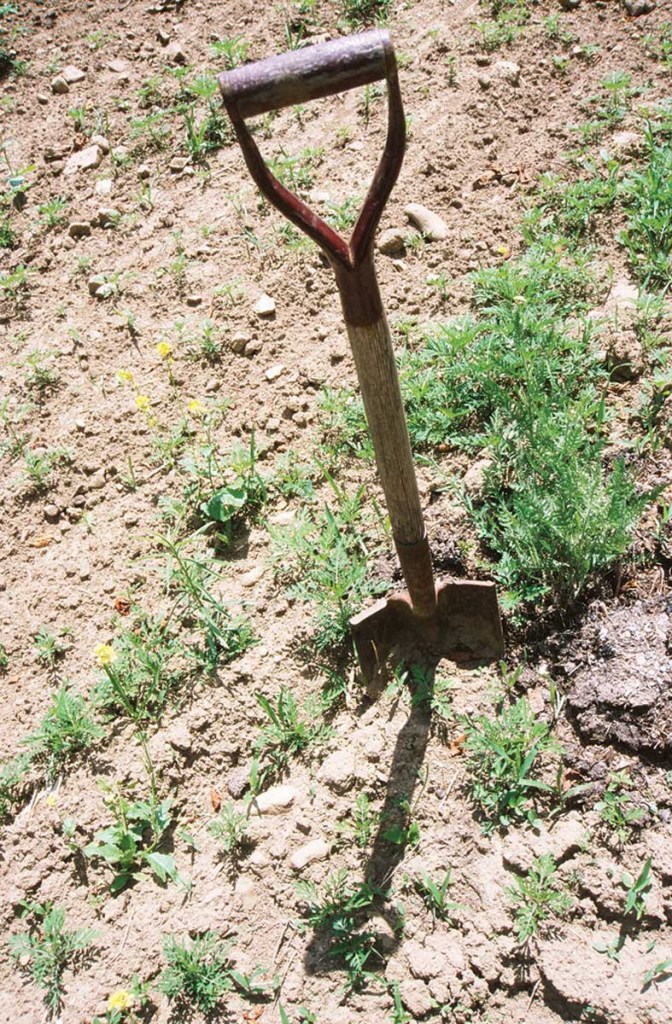Statewide drought misses Cullman County crops
Published 5:15 am Saturday, September 6, 2014

- Drought
A drought spreading across Alabama has not had a significant affect on Cullman County though locals farmers are watching the situation closely.
“We have the area forecasted for near-normal rainfall,” National Weather Service meteorologist Tim Troutman said.
The National Weather Service observing site in Cullman County reported that there was 2.52 inches of rainfall in July followed by 3.12 inches in August.
While not crippling numbers, Troutman said they did create the illusion of a drought in Cullman County.
“In June, there was 7.44 inches of rainfall,” he said. “The varying nature of these summer storms makes it feel like a drought.”
The rest of Alabama — or more accurately about two-thirds of it — is facing abnormally dry conditions according to statistics from the National Drought Mitigation Center. In addition to that, 10 percent of the state is in a moderate drought.
“We’re in a minor drought area,” state climatologist John Christy told the Associated Press in an August 28 report. “This is not a trend at all.”
Christy assured that the dry weather did not indicate that the state was going to decline into a worsened dry spell.
The only parts of the state not facing arid conditions are the Tennessee Valley, counties east and west of Montgomery and Escambia county.
The Birmingham area has faced the most extreme portion of the statewide drought. Christy said it is experiencing a once-in-a-decade moderate drought.
The Wiregrass regions, an agricultural hot spot for peanuts and soy beans, has also been excessively dry.
Cullman County farmers — who are geographically in between the most and least affected areas — have not faced what Tony Glover, coordinator of the Cullman County Extension Office, describes as “critical conditions.”
“None of our crops are in critical shape because of drought,” he said. “Some of the late summer crops may be hoping for more rain, but a lot of our crops — like corn — have already been completed.”
The more consistent rainfall in June helped early summer crops succeed, and Glover said that most of the late summer crops were not a risk for failure. However, he added that sweet potatoes farmers, individuals in one of Cullman’s largest agricultural markets, were probably hoping for a little extra rain.
“The sweet potatoes are ready to harvest in late summer,” he said. “The dryness affects the digging and retrieving process.”
Fairview sweet potato farmer Keith Smith said the idea of drought in Cullman County was not something he was worried about.
“It’s not anything unusual,” he said. “It’s definitely something to notice, but we’re having good numbers for dry weather.”
Ben Haynes, a Cullman County soy bean farmer, did say this summer was different from the last couple.
“The rain has been more sporadic than the past few summers,” he said. “Things are pretty dry, but the reality is that a lot of crops are already finished.”
Haynes said a unusually wet past year made this year’s yield feel weakened by comparison, but he did not believe that drought-like conditions were plaguing Cullman County.
The Associated Press contributed to this report.





